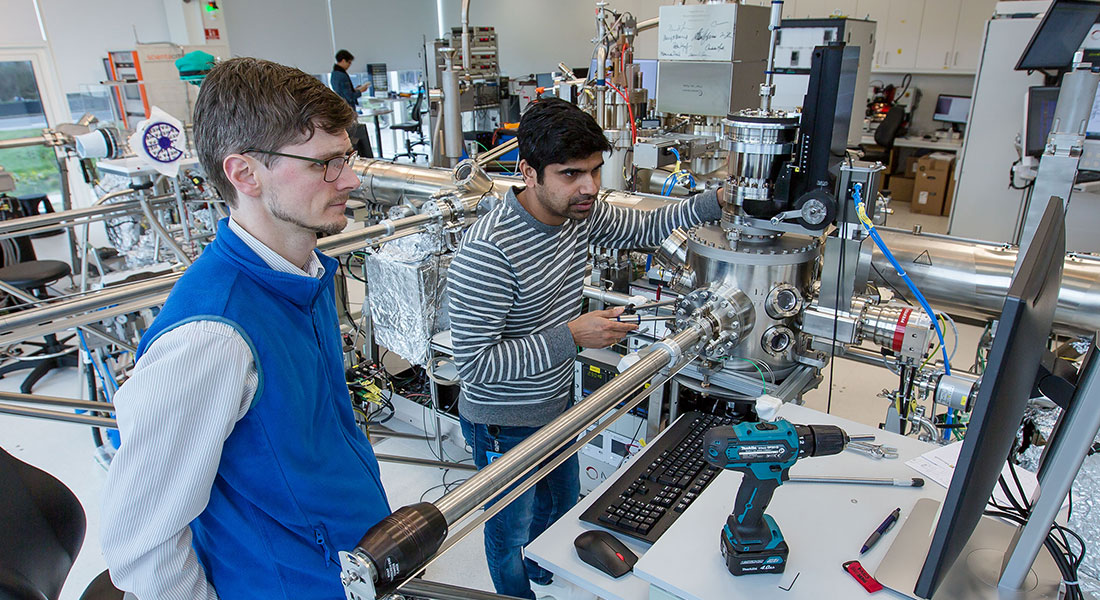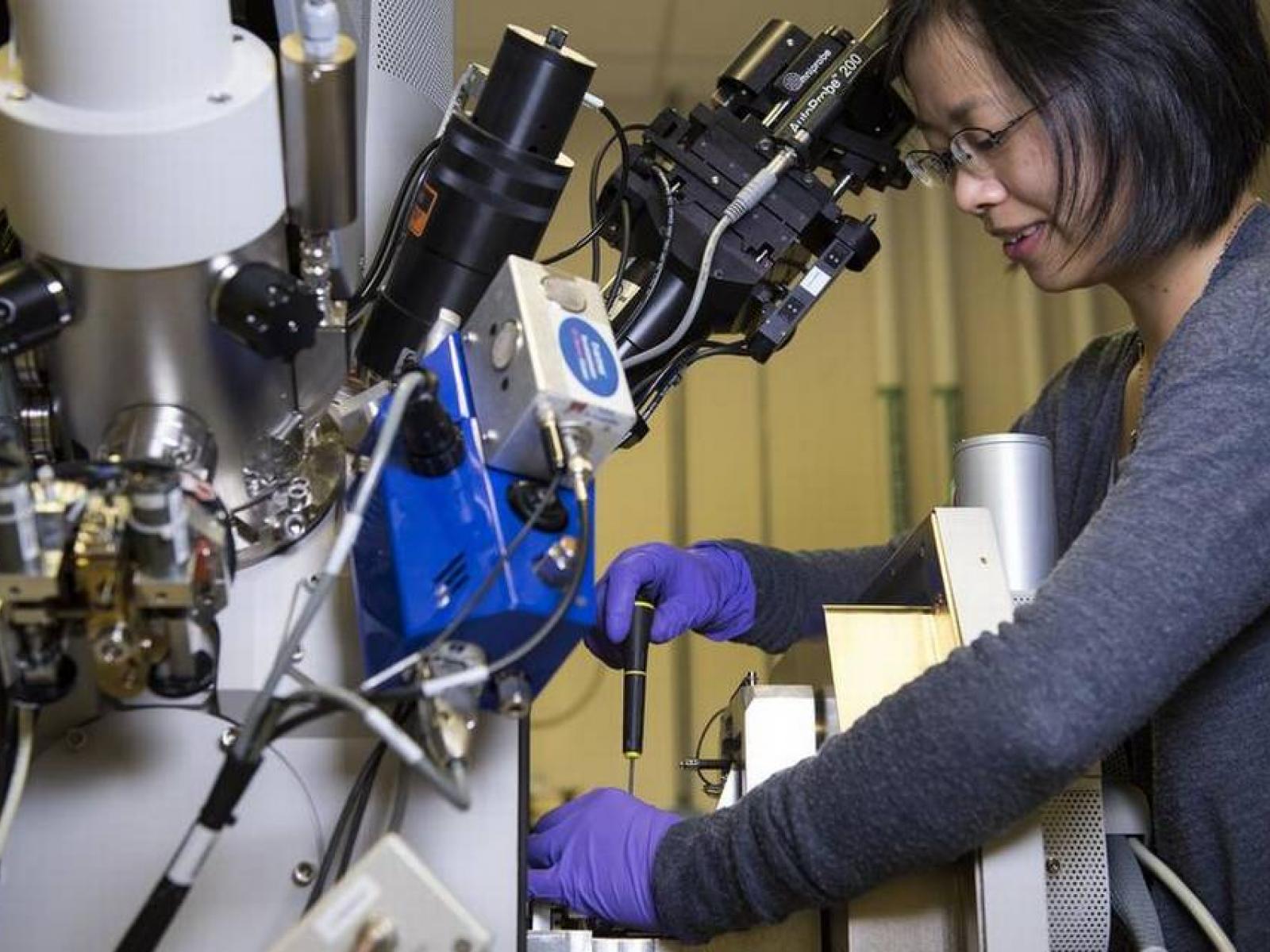Revolutionizing Battery Technology with Microsoft AI-driven Solutions

Microsoft, collaborating with a U.S. national laboratory, has harnessed the power of artificial intelligence to swiftly identify a potential breakthrough material, potentially reducing lithium usage in batteries by up to 70%. This innovation involves substituting a significant portion of lithium with sodium, an element abundantly found in table salt. Extensive assessment by scientists at the Pacific Northwest National Laboratory (PNNL) is underway to determine its feasibility for large-scale production.
Jason Zander, an executive vice president at Microsoft, emphasized the remarkable speed of this breakthrough, stating, “What might have taken years, we accomplished in a mere two weeks. That’s what excites us the most… We tackled one problem, but this technology can be applied across numerous challenges.”
The implications of this technology span various domains such as automobiles, energy grids, and other areas requiring batteries. By reducing reliance on costly lithium, primarily found in limited geographic locations, and integrating more abundant and economical sodium, this innovation holds significant promise.
Brian Abrahamson, PNNL’s chief digital officer, highlighted that the methodology used to discover this alternative battery material can be applied to solve a multitude of chemistry and materials science problems the lab is currently addressing.
The process combines Microsoft artificial intelligence models trained on molecular science data with conventional scientific supercomputers. Through this approach, over 32 million possibilities were streamlined to just 18 prospective candidates. PNNL scientists then conducted lab-based examinations to identify the most promising options for synthesis and testing.
Abrahamson further emphasized, “The crux lies in the rapidity of artificial intelligence, aiding in the identification of materials, and our capability to translate these concepts into practical applications within a laboratory setting.”
He underscored the transformative potential of consolidating these advancements into the hands of individual scientists, describing it as a paradigm shift that holds tremendous promise for future innovations.
Read More AI – Tech Foom








